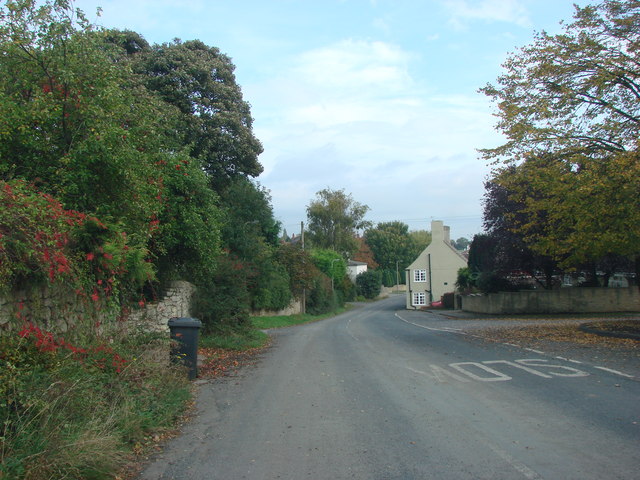Little Smeaton, Selby on:
[Wikipedia]
[Google]
[Amazon]
 Little Smeaton is a village in
Little Smeaton is a village in
part 2
pp. 52-53.
Little Smeaton Parish CouncilThe Smeaton Villages websiteLittle Smeaton
in the
 Little Smeaton is a village in
Little Smeaton is a village in North Yorkshire
North Yorkshire is the largest ceremonial counties of England, ceremonial county (lieutenancy area) in England, covering an area of . Around 40% of the county is covered by National parks of the United Kingdom, national parks, including most of ...
. The population of the village at the 2011 Census was 283. It is next to Kirk Smeaton
Kirk Smeaton is a village and civil parish in the Selby District of North Yorkshire, England. It is located at the southern end of the county close to South Yorkshire and East Riding of Yorkshire. Historically the village was part of the West Ri ...
, and the River Went
The River Went is a river in Yorkshire, England. It rises close to Featherstone and flows eastward, joining the River Don at Reedholme Common.
A possible site of the Battle of Winwaed is believed to be located somewhere along the valley of th ...
flows through it. It was historically part of the West Riding of Yorkshire
The West Riding of Yorkshire is one of three historic subdivisions of Yorkshire, England. From 1889 to 1974 the administrative county County of York, West Riding (the area under the control of West Riding County Council), abbreviated County ...
until 1974.
Etymology
The name ''Smeaton'' is first attested in theDomesday Book
Domesday Book () – the Middle English spelling of "Doomsday Book" – is a manuscript record of the "Great Survey" of much of England and parts of Wales completed in 1086 by order of King William I, known as William the Conqueror. The manusc ...
of 1086, in the form ''Smedetone''. This derives from Old English
Old English (, ), or Anglo-Saxon, is the earliest recorded form of the English language, spoken in England and southern and eastern Scotland in the early Middle Ages. It was brought to Great Britain by Anglo-Saxon settlement of Britain, Anglo ...
words ''smiþ'' (in its genitive
In grammar, the genitive case (abbreviated ) is the grammatical case that marks a word, usually a noun, as modifying another word, also usually a noun—thus indicating an attributive relationship of one noun to the other noun. A genitive can al ...
plural
The plural (sometimes abbreviated pl., pl, or ), in many languages, is one of the values of the grammatical category of number. The plural of a noun typically denotes a quantity greater than the default quantity represented by that noun. This de ...
form ''smiþa'') and ''tūn'' ('farm, estate'), and thus once meant 'smiths' farm'. The ''little'' element of the name is first attested in Latin translation in forms like ''smitheton minori'' and ''parva smitheton'' in 1311, and in English in 1315 as ''litle smitheton''. This element was added to the name to distinguish the settlement from nearby Kirk Smeaton
Kirk Smeaton is a village and civil parish in the Selby District of North Yorkshire, England. It is located at the southern end of the county close to South Yorkshire and East Riding of Yorkshire. Historically the village was part of the West Ri ...
.A. H. Smith, ''The Place-Names of the West Riding of Yorkshire'', English Place-Name Society, 30–37, 8 vols (Cambridge: Cambridge University Press, 1961–63)part 2
pp. 52-53.
References
External links
Little Smeaton Parish Council
in the
Domesday Book
Domesday Book () – the Middle English spelling of "Doomsday Book" – is a manuscript record of the "Great Survey" of much of England and parts of Wales completed in 1086 by order of King William I, known as William the Conqueror. The manusc ...
Villages in North Yorkshire
{{Selby-geo-stub